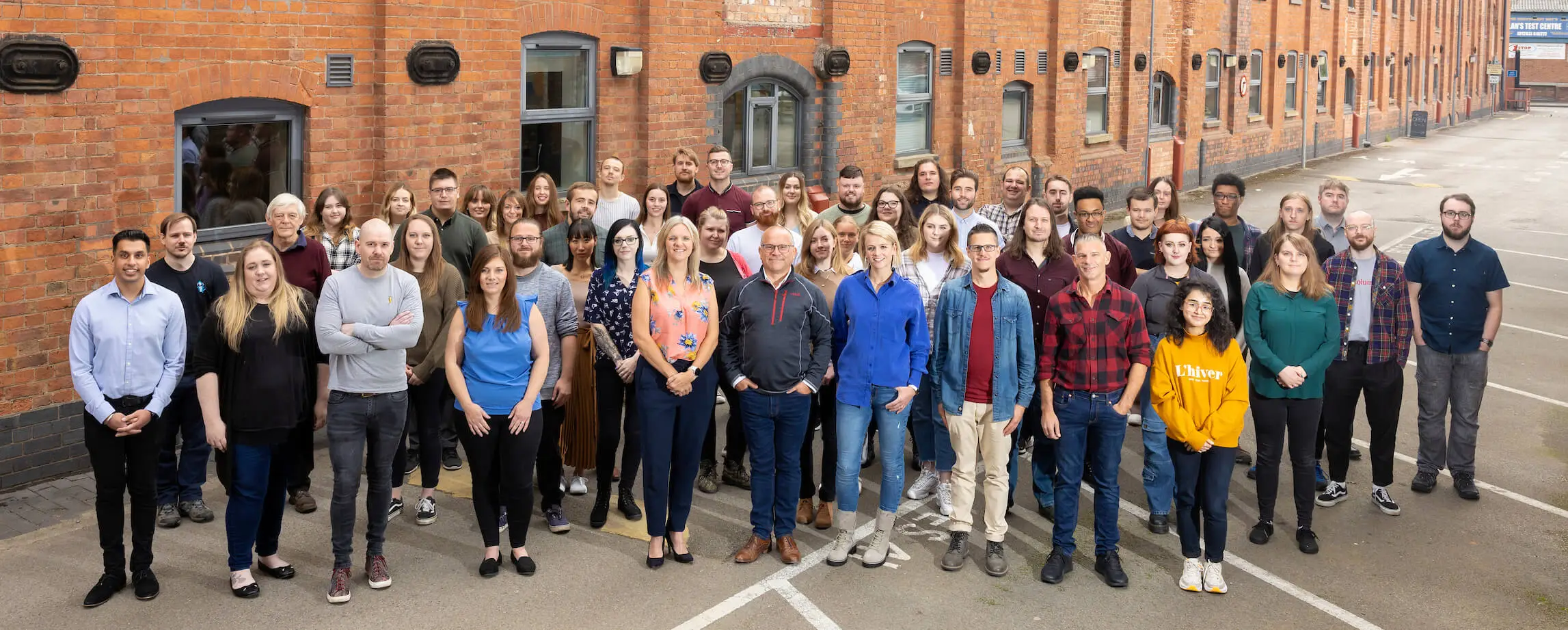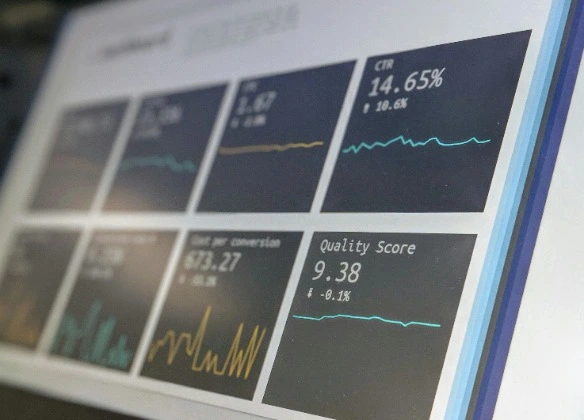ClickUp study identifies the technology and culture trends behind Britain’s most productive businesses
Research from productivity platform, ClickUp, reveals that the right technology, open communication and inclusive cultures are major factors in driving higher productivity. Conducted by Sapio Research on behalf of ClickUp, the study ranked UK businesses across a number of productivity indicators, finding significant differences between those that ranked highest and lowest, including:
- Open channels of communication – are found in 91% of high-productivity businesses and only 8% of low-productivity organisations
- High levels of team cohesion – are found in 94% of high-productivity businesses and only 13% of low-productivity organisations.
- Employees provided with the right technology – reported by 88% of people in high-productivity businesses, dropping to 48% in low-productivity organisations.
- Greater employee wellbeing – a correlation between high productivity and better job satisfaction, work-life balance, and higher motivation.
Training and technology drive higher productivity
The research revealed that providing employees with the right technology and resources, and ensuring they have enough training, are two of the most important things that businesses can do to improve productivity.
The study showed that a majority (88%) of people who work in more highly productive businesses believe they are provided with the right technology and resources to do their jobs, compared to only 48% of people in low-productivity organisations. Similarly, 84% of people in high-productivity businesses said they receive enough training to help them with their role, which drops to only 42% in low-productivity businesses.
In addition, the research identified a strong relationship between productivity measurement being adopted more often in highly productive organisations. The most popular productivity measurement techniques in these organisations are based on tracking employee time, used by 44% of high-productivity organisations, task progress and completion (36%), and performance against set objectives or deliverables (28%).
Culture plays a critical role in improving productivity
The research set out to identify what makes an organisation and its employees more productive, so that businesses can take practical steps to get more output from the same levels of input. When the UK’s most productive businesses were asked about ways of working, almost all (94%) cited high levels of team cohesion compared to only 13% in low-productivity businesses – emphasising the importance of a strong and inclusive culture.
Another key area is having open channels of communication, found in 91% of high-productivity businesses. The importance of this is further underscored by the fact it is only present in 8% of low-productivity organisations, representing the biggest gap between low and high productivity businesses out of all the metrics tracked in the ClickUp study.
The study found that almost half (46%) of employees at the most productive businesses rarely have to work overtime, which drops to 13% at low-productivity organisations. This indicates that the more effective approach to technology, training and culture identified in highly productive businesses enables employees to complete tasks in the required time.
Higher productivity improves employee wellbeing
The idea that happier workers are more productive workers was also supported by ClickUp’s study. Almost half (44%) of employees in the UK’s best-performing organisations believe their high productivity levels improve job satisfaction, while 42% feel it improves their work-life balance, and 40% believe it makes them feel more motivated.
However, those in low productivity organisations are less likely to experience the same benefits. Only 29% believe that their productivity levels improve their job satisfaction, with a similar number (30%) believing the same when it comes to work-life balance, and just under a third (32%) believe it makes them feel more motivated.
Natasha Wallace, International People Operations Partner, at ClickUp said: “Now more than ever businesses are feeling the pressure to squeeze as much productivity as they possibly can out of their employees. Improving productivity is not about increasing the demands upon people – it is about setting them up for success and empowering them to do their jobs as effectively as possible, by providing the right technology and fostering an inclusive culture.”



























